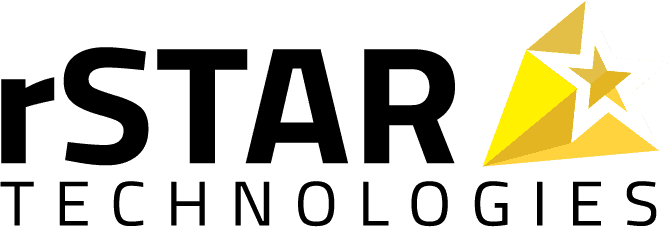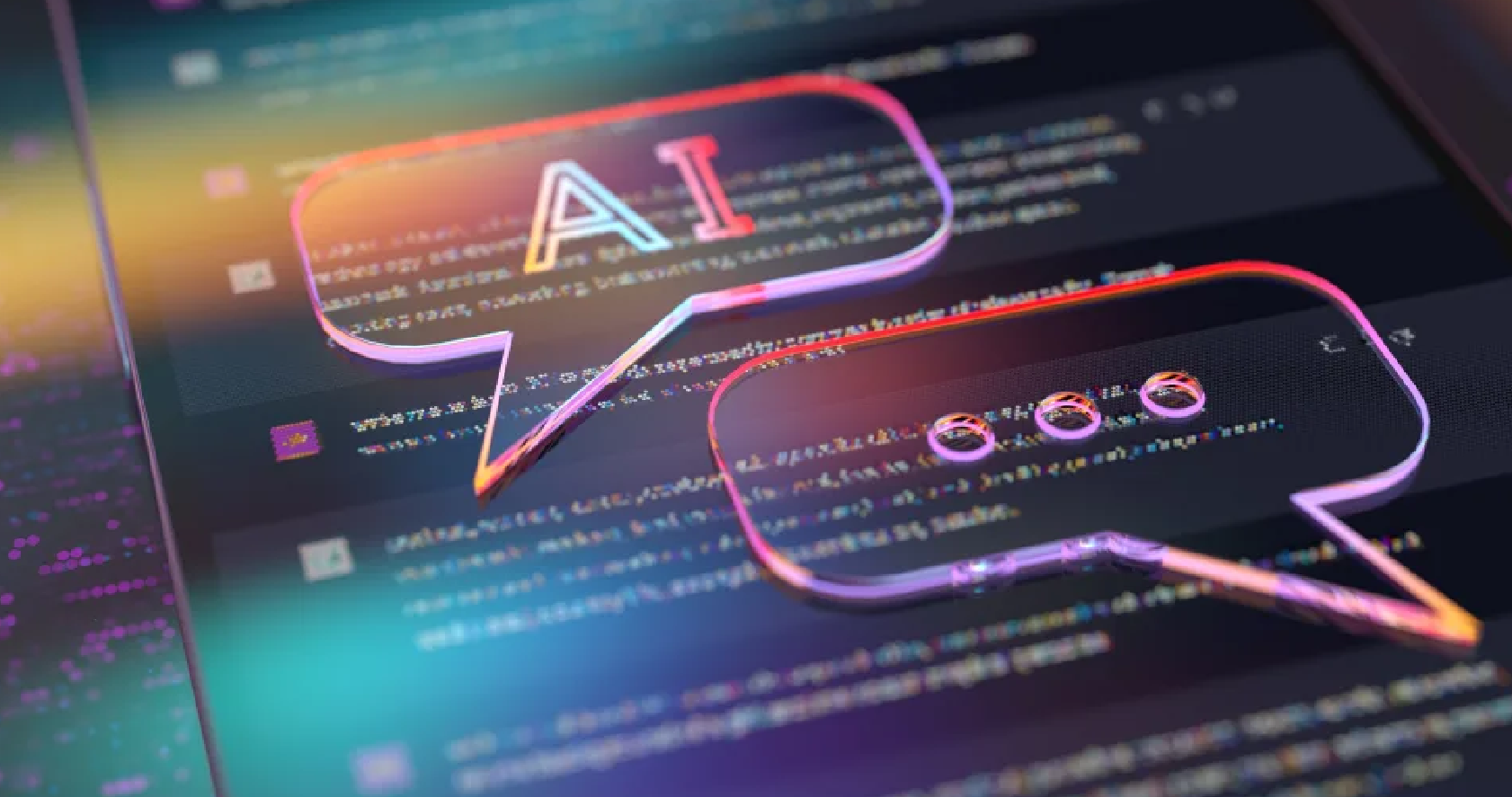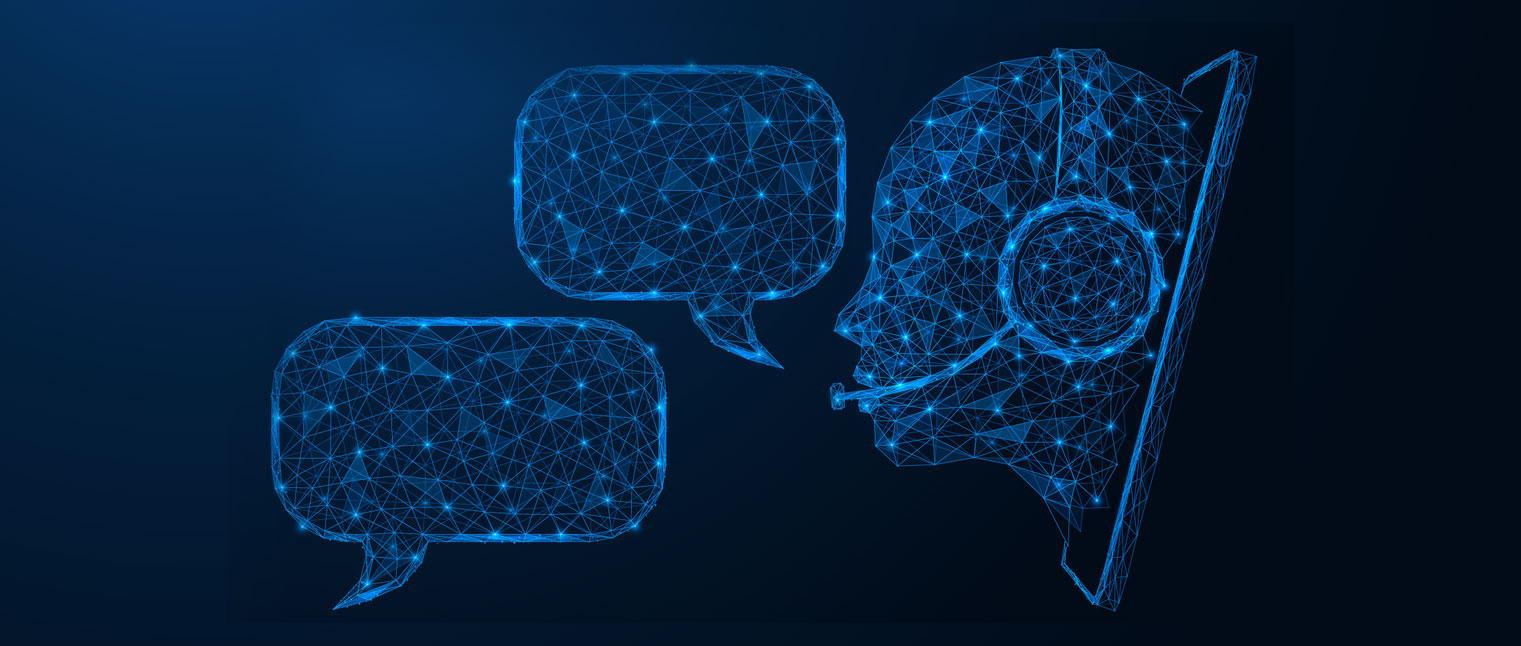Customer experience (CX) is where loyalty and competitive advantage are won. When things feel straightforward and rewarding, customers love doing business with you. When things feel frustrating or like a big run-around, customers don’t enjoy doing business with you one bit.
In this blog, we’ll explore:
- The top three root causes of frustrating customer experiences
- How modern AI-powered CX can eliminate those frustrations and lead to higher customer satisfaction
Top 3 Customer Experience Frustrations
Most of the gaps in user experience that drive customers crazy and lead them searching for better providers boil down to three core issues: the time it takes to get satisfying answers, the navigational experience of trying to get things done online, and a lack of comfort with the provider’s preferred service channel.
Let’s take a second to break down each one.
Wait/Hold Time
Great customer service is responsive with quick resolution times. Frustrating customer service involves long wait times, downtime between steps in the resolution process, and the feeling that you’re just not a priority for the organization you’re doing business with.
When people get frustrated in this way, it almost guarantees they can’t have a satisfying experience. By the time they connect with the right agent or information, they might be so worked up that the customer service professional has to play defense rather than providing straightforward, great service.
Difficulty Navigating to Find Functionality
“I’m here to pay my bill. I want to pay my bill. Please take my money. Why is this so complicated?”
Everybody’s had that experience (or a striking similar one) at least once. When you know exactly what you want to do and it should be simple, anything that’s not straightforward and doable on your own feels like a major frustration.
For consumers whose tech literacy and comfort level are not as high, more and more of navigating day-to-day processes like paying utility bills, scheduling a doctor’s visit, and so on is dissatisfying in these ways.
Not Being Comfortable with the Service Provider’s Preferred Support Channel
Imagine trying to connect with a business in your area who uses Facebook rather than a traditional website when you don’t have Facebook. Or imagine the bank that lets you check your balance on their smartphone app but not via desktop browser when you don’t have a smartphone.
It isn’t just an inconvenience; it feels like a slap in the face. It’s a recipe for disappointment and frustration. When you aren’t reaching people on the channels they use and love, they’ll eventually find a provider who does.
Eliminating Customer Frustration with Self-Service Chatbots
Chatbots are a branch of AI technology that simulate human-to-human conversation to provide service. Over the last few years, chatbot technology has come a long way thanks to advances in natural language processing (NLP) and machine learning.
Let’s take a look at how chatbots specifically address each of the frustrating customer experience challenges we outlined above:
Deflect & Triage in a Way that Makes Live Agents Your Last Line of Defense
Humans are high-level problem-solvers, especially trained customer support professionals. With that said, a high-level problem-solver isn’t needed in most customer support scenarios.
Chatbots help save human problem-solving for when it’s actually needed by answering frequently asked questions instantaneously and providing the customer with self-service opportunities.
In this way, chatbots improve life for everybody: the average customer is satisfied much more quickly and feels like they did it themselves, and the support team is protected in a way that helps them handle unique challenges or complex inquiries more quickly and with greater focus.
Use Chatbots to Circumnavigate Navigational Challenges
What if someone could circumnavigate all menu-style navigation and type a single sentence into a chat window to get exactly what they wanted? What if you could use your own words to engage with a voice assistant instead of clicking around a website?
Both of those things are completely possible with chatbots! Text and voice chatbots break down the wall between customer and support framework, connecting people with focused information as fast as possible.
Offer an Omnichannel Experience
With chatbots, the same backend of skills, support data, and resources can be deployed in a consistent manner across any number of channels, from the business’ website to social media (Facebook, Twitter, etc.) and even over voice channels.
That means every customer, regardless of their preferred experience, is able to connect with consistently great service in their own way. At the same time, all customers have the flexibility to access information and manage their accounts in the way that’s most convenient in the moment.
How to learn more about satisfying omnichannel CX
rSTAR is a leading innovator in the chatbot support space. Our AI service agents help customers in service- and asset-oriented industries like utilities and insurance companies get the answers they need and the support they require in a responsive, self-service fashion.

About rSTAR Technologies
rSTAR is a full-service specialized system integrator built to transform leaders in the asset-intensive industries, such as energy and utilities, manufacturing, high-tech, and automotive into business value all-stars by focusing on digital transformation initiatives. With over 20 years of experience in Oracle, Microsoft, and Salesforce, the company provides consulting, implementation, and services for AI, CX integration and automation solutions. For more information, please visit rSTAR Technologies







